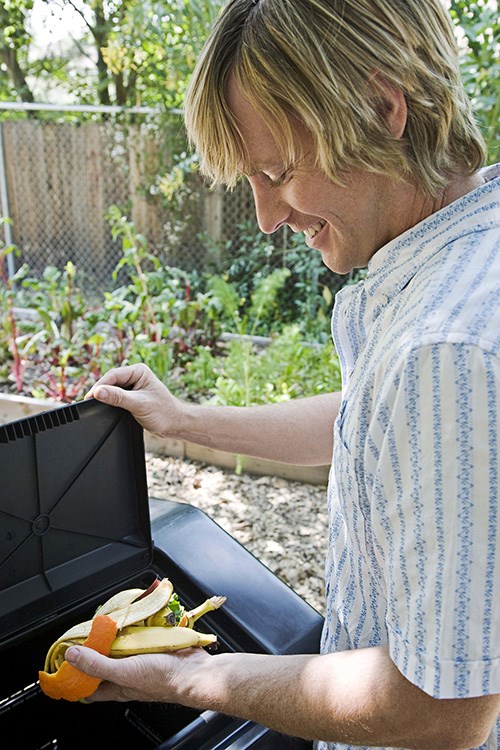Last month, I wrote about composting — creating healthy soils to grow healthy plants. Today, in celebration of Earth Day and in recognition that our food footprint is our largest ecological footprint, here is the next step we can all try to take.
According to a recent article with the headline “Don’t bin it — eat it!” in Woman’s Weekly Magazine, a U.K. publication, the amount of food tossed every year amounts to approximately one municipal green bin per resident — that’s roughly $1,300 worth of food. Moreover, some 63% of what’s composted is not only edible but can add flavour and boost the nutrient content of a dish. Here are some examples:
• Fruit skins/peelings: Orange peel is rich in hesperidin, an antioxidant with anti-inflammatory properties. Zest in baking or cooking is flavourful, requiring less sugar and salt to be used. Before peeling, wash fruit (preferably organic), then grate or cut off zest, avoiding the bitter white pith. Apple skins are rich in fibre, potassium and a heart-friendly flavonoid (quercetin). Bake with skin on or make apple-peel chips, baking at lowest setting with cinnamon and a little sugar.
• Bread crusts: Growing up, we always had a healthy supply of bread crusts (thanks to dad’s rejects). Once dried, grind up in a food processor and use for gratin (e.g. grilled portabellas, stuffed peppers, etc.). You’ll also use less cheese. Make croutons by simply breaking up the crusts, spraying with oil and baking until completely dried.
• Butternut squash or pumpkin seeds: Loaded with heart-friendly unsaturated fats, protein, fibre, iron, magnesium, phosphorus, potassium, zinc, copper and manganese, they can be separated from the flesh, rinsed, drained and air-dried before being tossed with olive oil, herbs or spices, and roasted on a baking sheet at 170 C for 25 minutes until golden.
• Vegetable peelings: Rich in fibre and antioxidants, the skins of potatoes, carrots, parsnips and yams can be enjoyed intact (again, ideally organic and scrubbed well), or baked into colourful chips by spritzing with olive oil and baking at 200 C for 15 to 20 minutes until crisp. Who doesn’t love chips?
• Cauliflower leaves: These can be steamed and enjoyed along with the florets or shredded to add to soup and stir-fries. In the same family as cabbage, kale and broccoli, cauliflower leaves are rich in immune-boosting vitamin A and C, folate and iron.
• Leek tops. The green portion contains folate, a B vitamin required for strong immunity, as well as a flavonoid (kaempferol) thought to keep blood-vessel linings healthy. Coarsely chop for soups or casseroles (in lieu of onion) or finely cut into thin strips for stir-fries.
• Onion/shallot skins: Remove only the first layer of skin as the outer layers are packed with antioxidants. Like apple peel, red onion skin contains quercetin.
• Chicken/fish bones (heads, tails) and shrimp shells: Make your own low-sodium stock by simmering these in water with spices of choice. Cooking with meat, juices can be drained, refrigerated to remove fat and then made into low-sodium gravy when combined with water and corn flour (thickener). The “washer upper” will thank you, too.
• Parmesan rind: This can be added to stocks, tomato sauces, soups or risotto while they’re cooking, then removed before serving. Rinds can be frozen for use later as well.
Enjoy experimenting with these suggestions, discovering your own, sharing ideas with others and knowing you are making the very most out of healthy wholesome foods — for your body and the planet.
Melissa Chaun of Port Moody is an ecologist with a passion for all things sustainable. She has a certificate in Sustainable Community Development, volunteers on various city committees and is currently co-ordinating the monthly meetings for Tri-City Greendrinks. Her column runs monthly.



